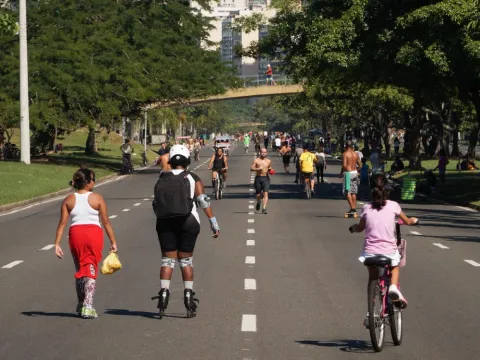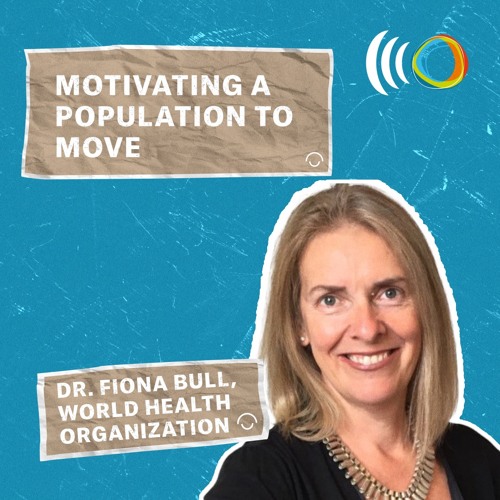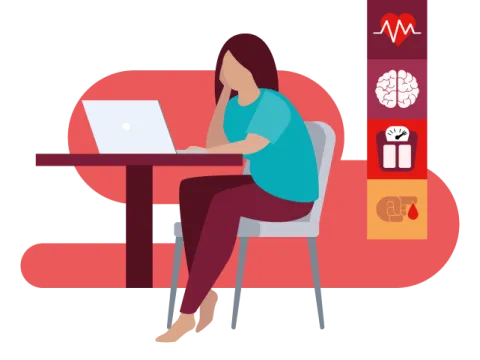This is what Bogota, Dhaka and Shanghai can teach us about healthy city living
4 min read

To mark World Day for Physical Activity, held annually on April 6, we look to Bogota, Dhaka and Shanghai to see what they can teach us about healthy city living.
A recent review of 170 studies found consistent evidence that people are less likely to be obese or have diabetes if they live in cities where walking and cycling is safe and convenient. The World Health Organization (WHO) says that up to five million deaths a year could be averted if people globally were more active. Those who are not active enough have a 20% - 30% increased risk of death.
Recent research suggests that the health benefits of promoting physical activity are larger than we thought. That’s because, as well as preventing noncommunicable diseases like cancer and heart disease, it also helps to cut road traffic deaths, decrease death and disease from air pollution, and improve mental health.
Education and awareness campaigns for physical activity is #13 on WHO's list of 16 'best buys'. The Organization says that investment in promoting physical activity more than pays for itself with $3.2 saved for every dollar spent.
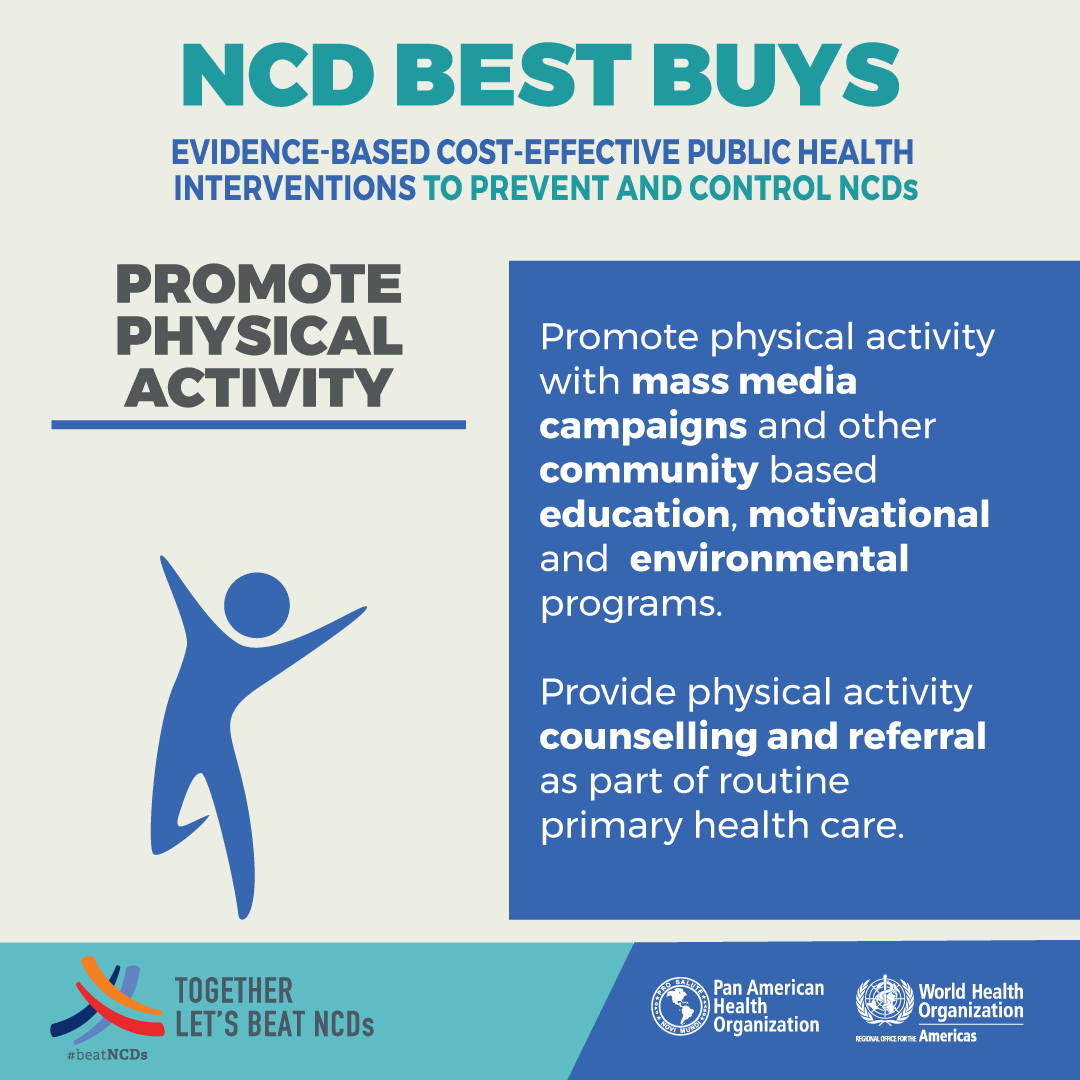
That's why more and more cities in low- and mid-income countries (LMICs) are investing in residents’ health by creating ways for people to be more physically active. Here are three that show how urban life doesn't have to mean unhealthy living.
1. Cycling in Shanghai
One of the most popular measures being promoted is cycling, which has multiple benefits: reducing vehicle traffic, improving air quality, and getting people active.
China used to be known as the 'bicycling kingdom' until rapid economic growth and rising urban wealth led to cars dominating city streets. But in Shanghai, thanks in part to bike-sharing schemes, the number of cycles on city streets rose from 260,000 at the end of 2016, to 630,000 by April 2017 and to more than 1.5 million by August 2017.
Shanghai is the first Chinese city to have an urban cycling strategy, and it's working: a study of more than 2 million bicycling trips found that they cut air pollution, such as fine particulate matter (PM2.5) and nitrogen oxides (NOx) by 2.7% and 0.9% respectively.
Detailed analysis shows that the reductions in pollution are concentrated in the areas of greatest population density, highlighting how effective pro-cycling policies can be.
Researchers estimated that 23 premature deaths were prevented each year because of the impact of increased cycling in Shanghai on air quality, exercise levels, and numbers of traffic accidents. “These figures suggest that more than 1,000 premature deaths, tens of thousands of hospital visits and millions of respiratory events may be avoided every year by existing urban cycling initiatives across China,” added the study.
2. Opening up public spaces in Dhaka
Rayerbazar Boishakhi Playground is located in ward 34 of Dhaka North City Corporation in Bangladesh. The ward’s area is 1.36 square kilometres and it houses roughly 250,000 people. 15,000 students study in 38 education institutes in the ward, however, only one school has a playground and only its students are permitted to use it. As a result, many children have no place to play and stay at home.
The playground was the only public space in the ward but it was dominated by teenage boys playing football and cricket. It was not considered safe for women and children and was not accessible for people living with disabilities.
A renovation of the park by Work for a Better Bangladesh and partners included installing playground equipment (see-saws, swings, slides, tires and football goalposts). Also added were 200 plants, 8 benches, 2 tables and a wall painting.
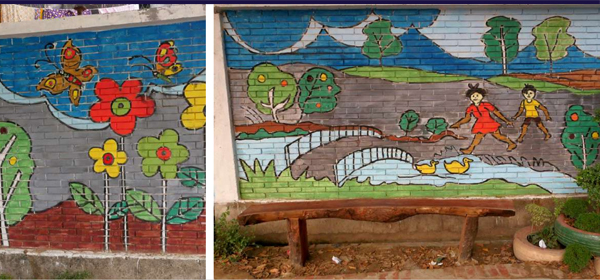
The results have been dramatic. After the redesign, daily users of the park rose from 2,000 to 3,000. Particularly significant was the impact of the changes for women and girls with female users nearly doubling from 17% to 33%.
The success of Rayerbazar Boishakhi is now being replicated in areas across North Dhaka.
3. Traffic-free days in Bogota
If any city can take the credit for really getting pedals turning around the world then it’s Bogota.
On Sundays and public holidays the Colombian capital transforms its streets and highways into the Ciclovía, or Bicycle Way, by banning vehicles from 7 am to 2 pm.
It started in 1974 with a simple bicycle path, which has since rolled into the 127-km long Ciclovía. Today cities in more than a dozen countries around the world are following the model.
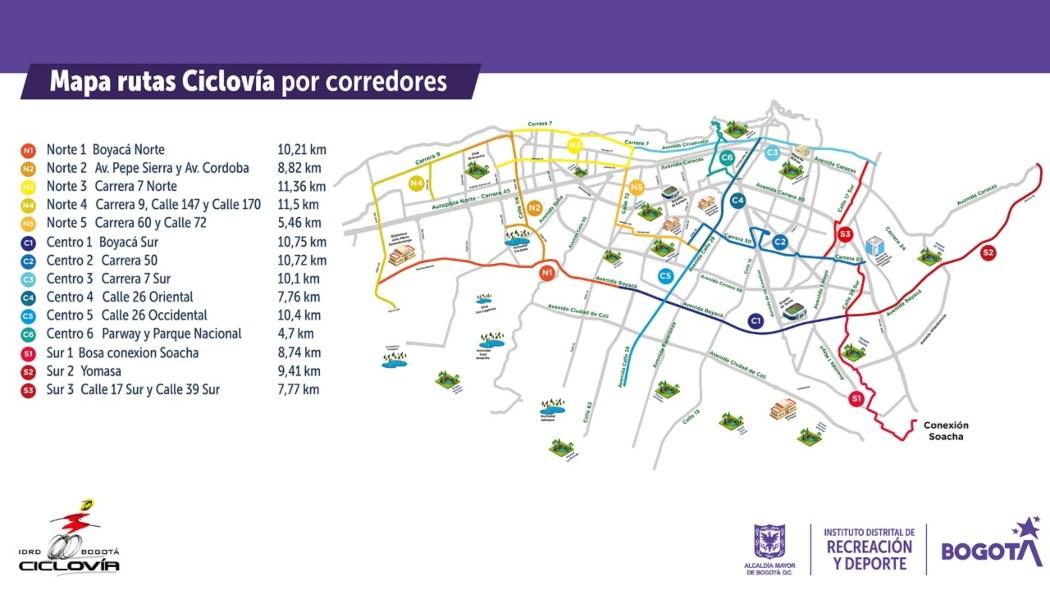
For many participants going for a cycle ride is just one part of the day’s activities. Stages are set up in city parks, where aerobics instructors, yoga teachers and musicians lead people through various performances. Traditional food and drinks are also sold in snack stalls, another motivation for many Ciclovía users.
The weekly open roads are used by roughly 1.5 million people of Bogota’s more than 7 million residents. One estimate is that bicycle use has risen five-fold since the Ciclovía started rolling.
See our briefing for more on the importance of physical activity in preventing NCDs.

